1. Look for Hand-Crafted Details
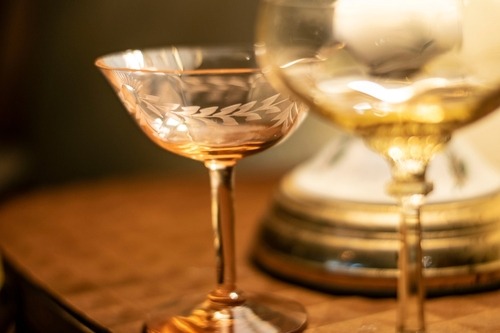
Hand-crafted glassware from the past often has subtle imperfections—like tiny bubbles or irregular patterns—that hint at its handmade origins. Glassmakers worked meticulously, and those little flaws add authenticity and charm, distinguishing hand-blown items from mass-produced ones.
2. Inspect for Etching and Engraving
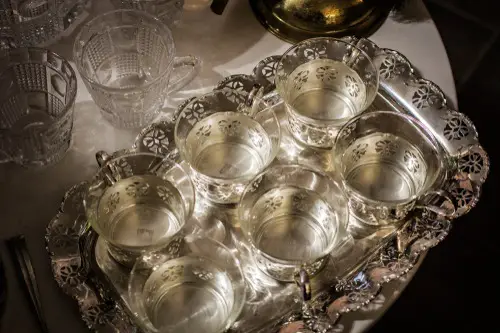
Exquisite etching or engraving, especially if it’s intricate, signals quality craftsmanship. Look for designs that feel deliberate and consistent. This type of detail was often done by hand on higher-quality pieces, making them desirable to collectors. Antique crystal and Depression-era glassware often feature lovely floral or geometric engravings.
3. Identify the Era and Style
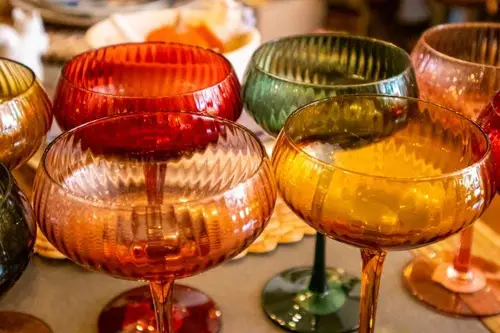
Understanding the era your glassware comes from can give you clues about its value. Some of the most collectible styles include Victorian, Art Deco, and Depression glass. For instance, Depression glass is known for bright colors like pink, green, and amber. Art Deco glassware often has bold geometric shapes, while Victorian pieces are more elaborate and ornate.
4. Look for Signature Marks
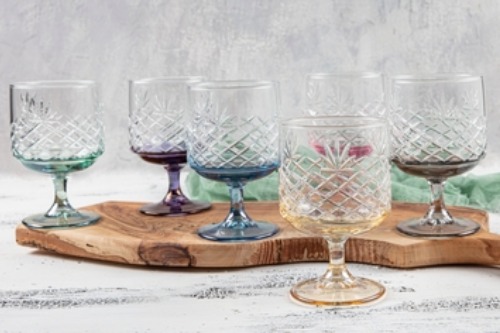
Some glassware includes a subtle signature, either on the bottom or along an edge. Brands like Fenton, Lalique, and Tiffany marked their pieces, which can significantly increase value. If you see a signature, research it! Glass companies had unique logos or marks that changed over time, so these can be excellent clues.
5. Research Specific Patterns and Designs
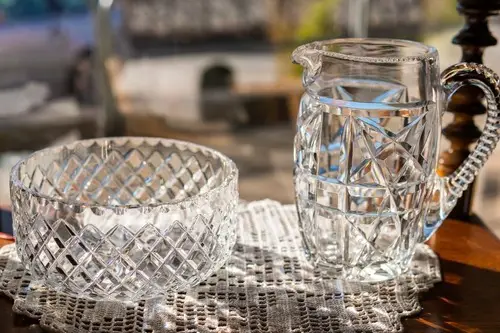
Popular glass patterns, like Anchor Hocking’s “Moonstone” or Heisey’s “Orchid,” can command higher prices if they’re rare or iconic. Do some online digging or check collector guides for your piece’s specific pattern. If yours matches a desirable design, it’s likely worth more.
6. Test for Real Crystal
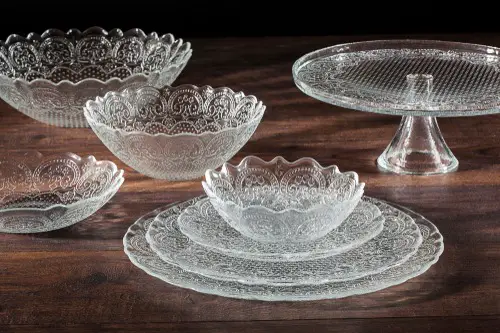
Real crystal glassware is typically heavier than regular glass and often has a clearer, more resonant “ring” when tapped. The clarity, heft, and sound of crystal attract many collectors, so authentic crystal pieces can hold significant value, especially from respected brands.
7. Assess Color Rarity
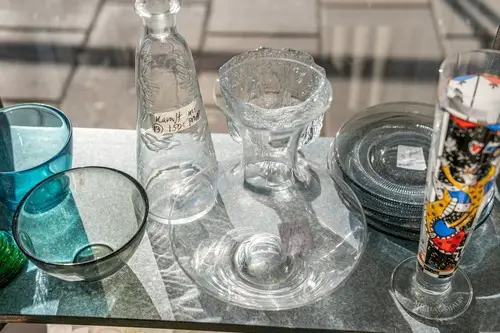
Some colors are rare in glassware, making them more valuable. For instance, Depression glass in cobalt blue, red, or uranium green (which glows under blacklight!) can fetch high prices because these hues weren’t as widely produced. Keep an eye out for unusual colors that may signify value.
8. Consider the Condition
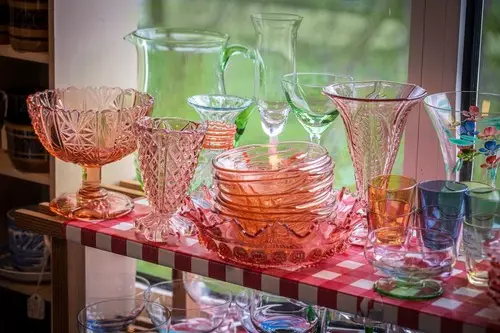
Condition is crucial! Chips, cracks, and cloudiness can lower value. But don’t give up on slightly flawed pieces just yet; certain rare items are still worth something even with minor wear. For high-value pieces, though, perfect condition always fetches a premium.
9. Check for Pressed Patterns
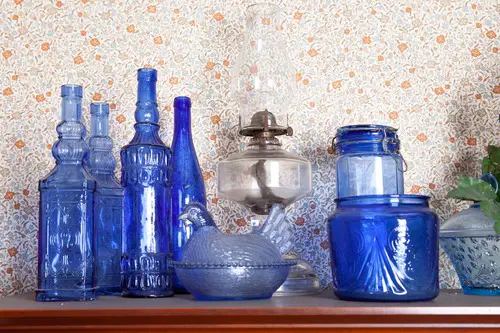
Pressed glass often has a distinct “mold line” from where it was created in a mold, while hand-blown glass does not. Some pressed glass, like carnival glass, is highly collectible. Look for intricate pressed patterns, as these indicate care in craftsmanship and often add to the piece’s value.
10. Notice Any Iridescent Sheen
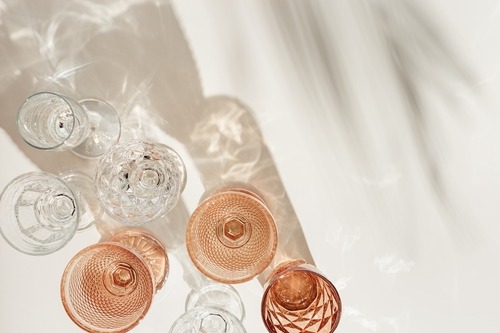
Some vintage glassware, especially carnival glass, has a beautiful, rainbow-like iridescent finish. This effect was achieved with special mineral coatings, making these pieces both unique and popular among collectors. The more vibrant the iridescence, the higher the value it may have.
11. Check the Weight of the Glass
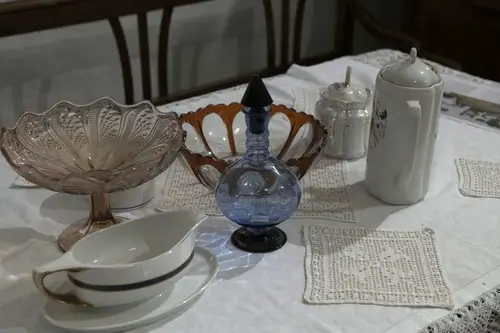
Older glassware, especially leaded glass or crystal, tends to be heavier than modern glass. Heaviness often signals quality, especially if the piece has a luxurious weight when lifted. If you find an unusually weighty piece, it’s worth investigating further.
12. Examine for Unique Shapes
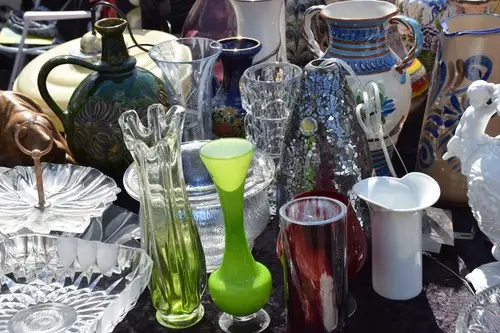
Uncommon shapes and designs can make vintage glassware more desirable. Pieces like hobnail-patterned vases, lidded candy dishes, or uniquely shaped decanters can stand out among standard styles. The more unusual the shape, the more it might appeal to niche collectors.
13. Look into Provenance and History
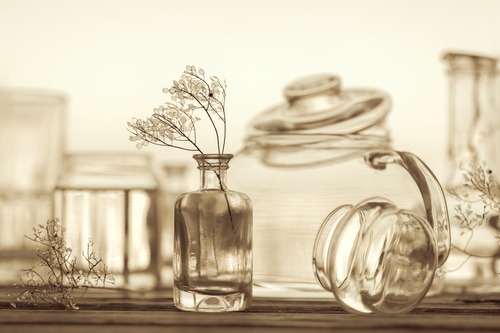
If your glassware comes with a story or provenance (a documented history of ownership), that can add value, too. Pieces passed down through generations or with links to historical events or famous owners can be especially enticing to collectors, who love knowing the backstory.


